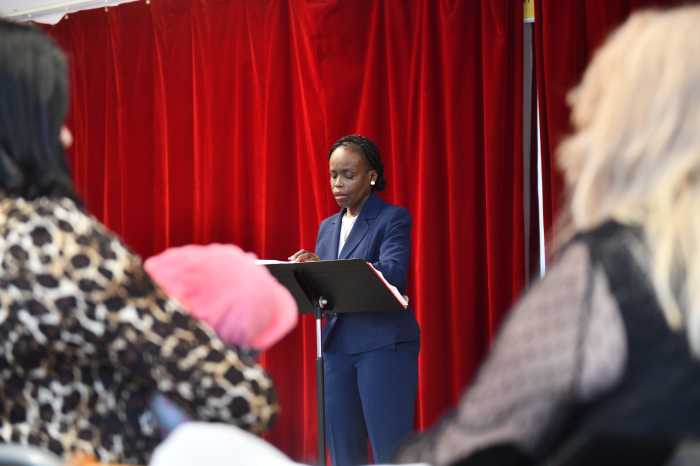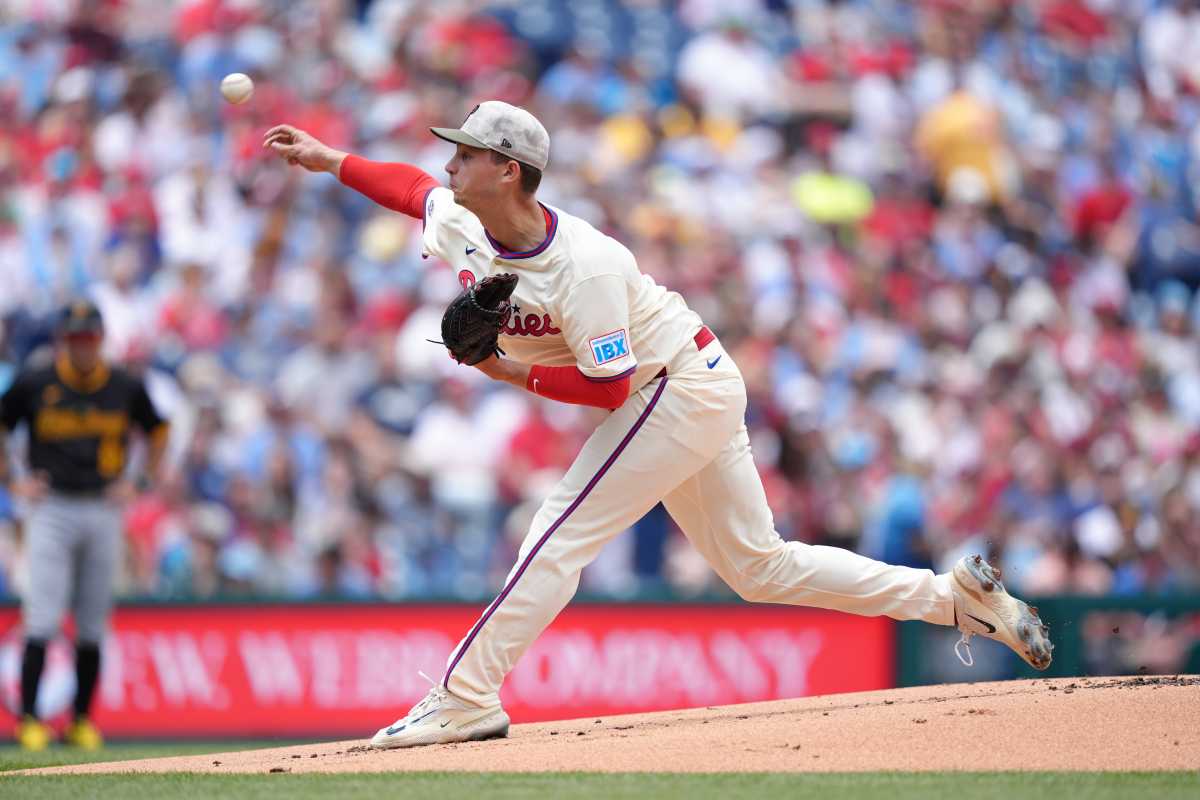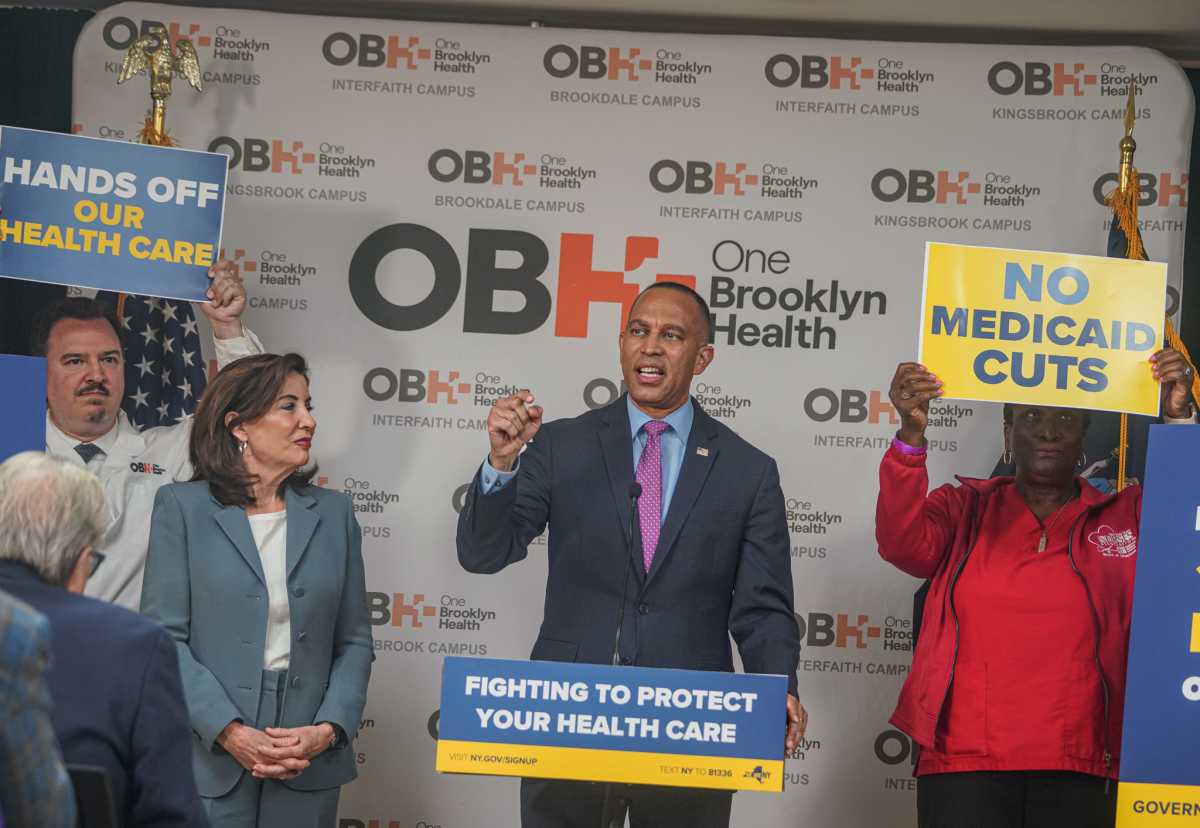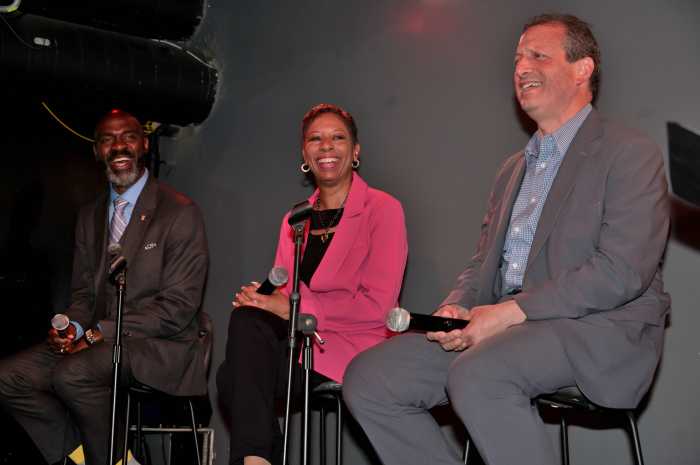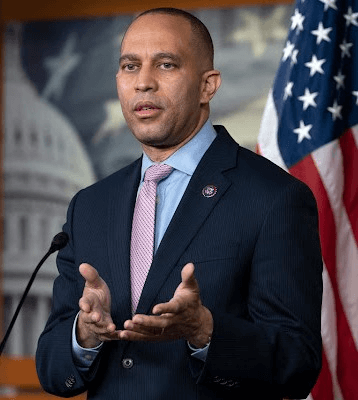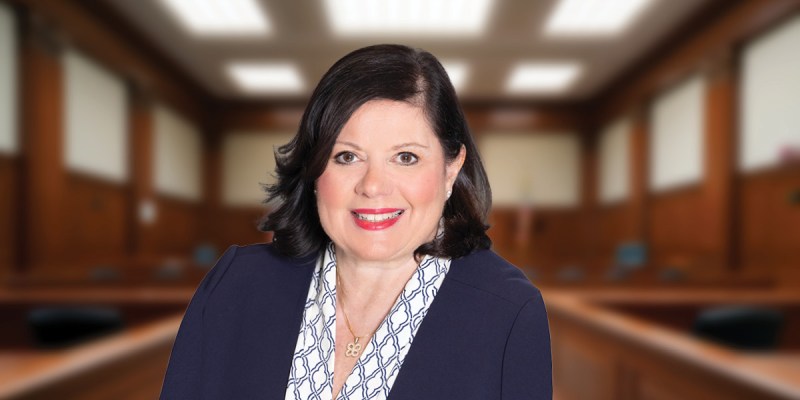(Reuters) – U.S.-German industrial gas maker Linde <LIN.N> plans to continue investing in healthcare and electronics as it reported better-than-expected quarterly earnings on Thursday, saying higher operating margins helped offset a virus-hit drop in volumes.
Chief Executive Steve Angel told a conference call the company planned to continue to grow in the healthcare segment and saw several opportunities in electronics, as the two units were alone in showing second-quarter growth.
The world’s largest industrial gases group reported second-quarter adjusted earnings per share (EPS) of $1.90, above the $1.65 expected on average by analysts in a Refinitiv poll.
In May, Linde said it was targeting growth opportunities in healthcare, which accounts for 21% of its sales, and was in talks with European authorities to boost output of hospital oxygen on increased demand due to the pandemic.
Linde’s electronics unit, with services including cylinder gases, and on-site gas supply for electronic components in the semiconductor, wafers, silicon and photovoltaics industries, is targeting growth opportunities thanks to rising demand for IT infrastructure as the economy shifts towards remote working.
“Our resilient business model combined with our ability to continuously optimize business performance, while capitalizing on short and long-term growth opportunities, gives me the confidence that Linde can grow earnings in any environment” Angel said in statement.
For the full year, Linde forecast adjusted diluted earnings per share to rise 4% to 6%, broadly in line with its earlier guidance of medium- to high single-digit percentage growth.
The supplier of gases such as oxygen, nitrogen and hydrogen to factories and hospitals expects adjusted diluted earnings per share in the third quarter in the range of $1.90 to $1.95.
Linde’s Germany-listed shares were down 2% when the market closed at 1530 GMT, but outperformed the German blue-chip index DAX <.GDAXI>, which was down 3.5%.
(Reporting by Anna Rzhevkina and Bartosz Dabrowski; Editing by Tomasz Janowski and David Evans)








